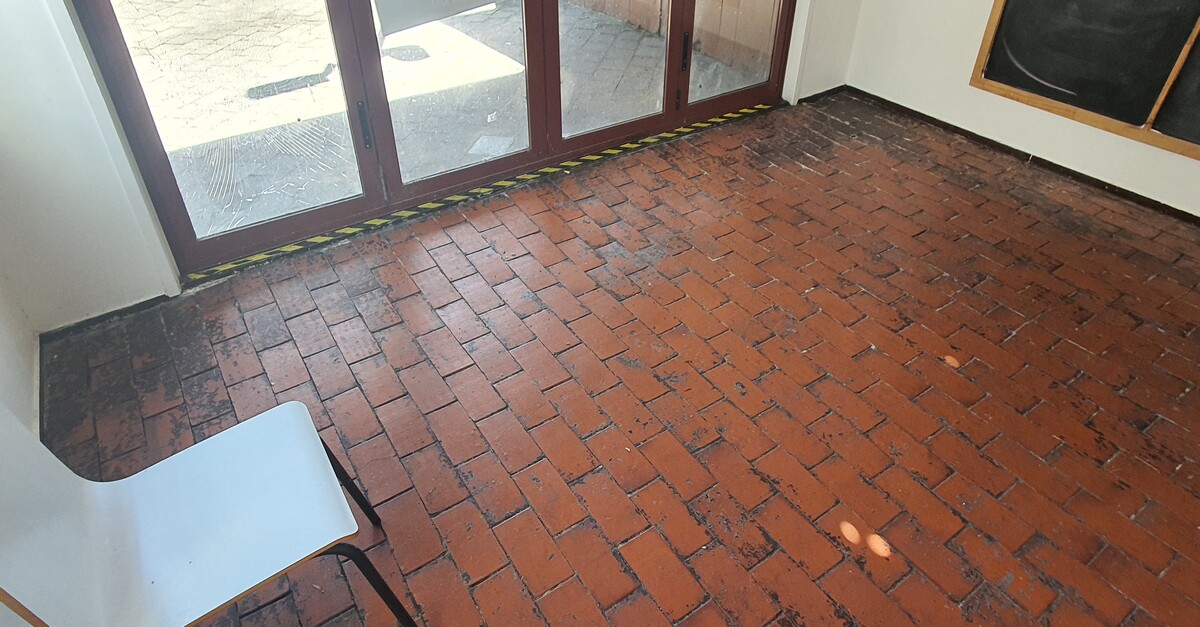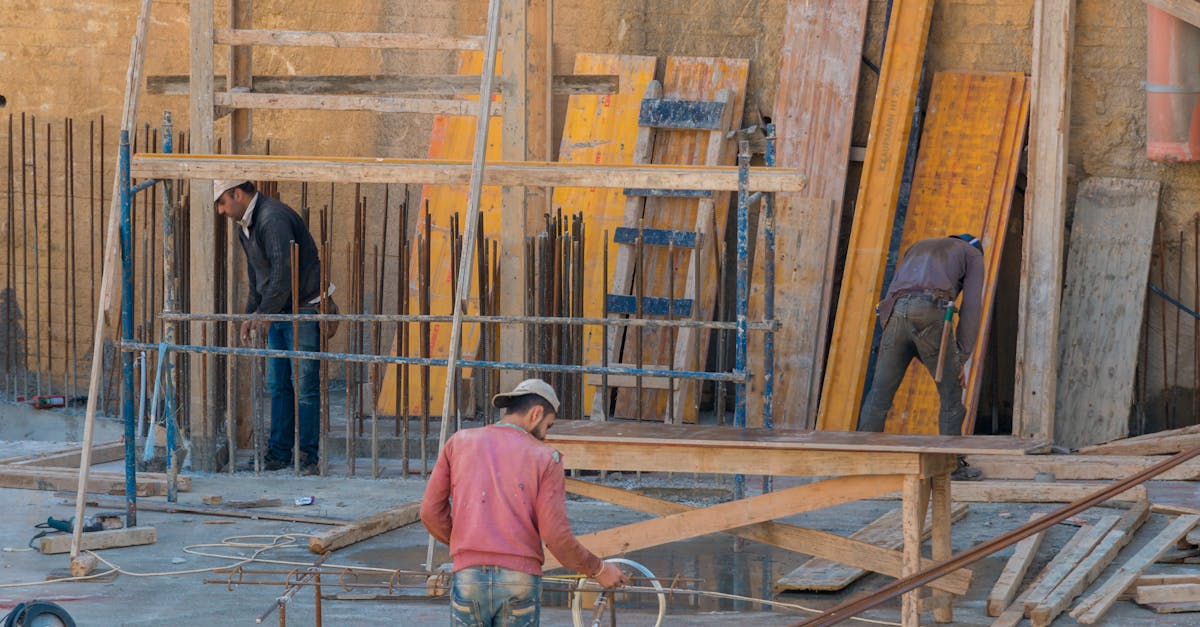
Table Of Contents
Grouting and Finishing
After the replacement tile has been set and adhered correctly, the next step in the process is grouting and finishing. This stage is crucial as it helps to fill the gaps between the tiles and provides a seamless look. To begin, prepare the grout mixture according to the manufacturer's instructions, ensuring it has the right consistency for application.
Using a rubber float, carefully spread the grout over the tile surface, ensuring that all the gaps are completely filled. Once the grout is applied, use a damp sponge to wipe off excess grout from the tile surface. This will help to prevent a hazy residue from forming on the tiles once the grout has dried. Allow the grout to set for the recommended time before proceeding to the next stage of the Tile Replacement process.
Filling the Gaps with Grout and Wiping Excess Off the Tile Surface
After the replacement tile has set and adhered properly, the next step in the Tile Replacement process is to fill the gaps with grout and wipe off any excess from the tile surface. Grouting is essential to not only fill in the spaces between tiles but also to provide support and stability to the new tile and the surrounding tiles. This step requires precision to ensure that the grout is evenly spread and that there are no gaps left unfilled. Once the grout is applied, use a grout float to press it into the spaces firmly.
As the grout starts to set, utilize a damp sponge to gently wipe off any excess grout from the surface of the tiles. Be cautious not to remove too much grout from the gaps between the tiles. Wiping the excess grout off the surface helps to create a clean and polished look for the newly replaced tile. Take care to use a gentle touch to avoid disturbing the grout lines. Once the grout has dried completely, the final step of inspecting the finished job for levelness and correct alignment of the new tile can be done.
Allowing Proper Drying Time
Allowing proper drying time is crucial when it comes to the successful completion of a Tile Replacement project. Rushing this step can lead to adverse consequences, such as the tile not setting correctly or the grout not curing fully. This may result in a weak tile adhesion and compromise the durability of the entire installation. To avoid these issues, it is essential to be patient and allocate sufficient time for the drying process.
Typically, it is recommended to allow at least 24 hours for the adhesive to cure and for the grout to set before exposing the area to moisture or heavy foot traffic. This duration may vary depending on the specific products used, so it's advisable to refer to the manufacturer's guidelines for precise instructions. By following these drying time recommendations diligently, you can ensure that your Tile Replacement project withstands the test of time and remains aesthetically pleasing for years to come.
Ensuring the Replacement Tile Sets and Adheres Correctly
When replacing a single tile, ensuring that the replacement tile sets and adheres correctly is crucial for a seamless finish. To start, apply a thin layer of tile adhesive to the back of the replacement tile. Press the tile firmly into place, making sure it is level with the surrounding tiles. This step is vital to prevent the replacement tile from standing out and creating an uneven surface.
After setting the replacement tile, use tile spacers to maintain even gaps around the tile. Adjust the position of the tile as needed to ensure proper alignment with the surrounding tiles. Once the replacement tile is in the correct position, gently tap it with a rubber mallet to secure its adhesion to the adhesive below. Taking these steps will help in achieving a successful Tile Replacement that seamlessly blends in with the rest of the tiled surface.
Inspecting the Finished Job
After completing the tile replacement job, it is crucial to inspect the finished work to ensure that everything is in order. Start by checking the levelness and correct alignment of the new tile with the existing tiles. Using a spirit level, ensure that the replacement tile sits flush with the surrounding tiles to maintain a seamless look. Pay attention to any gaps or unevenness that may affect the overall aesthetic of the tiled area.
Next, examine the grouting around the replaced tile to ensure it has been applied correctly and is free from any excess grout. Run your fingers along the grout lines to feel for any inconsistencies or rough edges. Wipe off any excess grout on the tile surface using a damp sponge or cloth, being careful not to remove grout from the gaps between the tiles. Allow the grout to dry completely before using the tiled area to prevent any issues with the Tile Replacement in the future.
Checking for Levelness and Correct Alignment of the New Tile
After placing the replacement tile into position and ensuring it is securely set, the next crucial step in the tile replacement process is to check for levelness and alignment. Using a level tool, place it on top of the new tile to determine if it aligns evenly with the surrounding tiles. This step is vital to maintain a professional finish and ensure that the replaced tile blends seamlessly with the existing ones. Any discrepancies in levelness or alignment can detract from the overall appearance of the tiled surface, highlighting the need for precise adjustments.
Inspecting the correct alignment of the new tile with its adjacent tiles is essential for a visually appealing result. By eyeing the tile from different angles and distances, you can verify that it sits flush with the surrounding tiles and is not protruding or sitting lower than the others. Correct alignment contributes to a seamless finish that indicates a well-executed Tile Replacement job. Taking the time to ensure the levelness and alignment of the replacement tile will result in a professional-looking outcome that enhances the overall aesthetic of the tiled area.
FAQS
Can I replace just one tile in my floor or wall?
Yes, it is possible to replace just one tile without having to redo the entire area.
Do I need special tools to replace a single tile?
You may need some basic tools such as a hammer, chisel, grout saw, and replacement tile to successfully replace a single tile.
How do I match the replacement tile with the existing tiles?
It's best to try and find a replacement tile that closely matches the size, colour, and style of the existing tiles to ensure a seamless look after replacement.
What should I do if the replacement tile doesn't adhere properly?
If the replacement tile doesn't adhere correctly, you may need to remove the tile, clean the area thoroughly, and reapply adhesive before trying again.
Is it necessary to hire a professional to replace a single tile?
While it is possible to replace a single tile yourself, if you are unsure or uncomfortable with the process, it may be best to hire a professional to ensure the job is done correctly.

